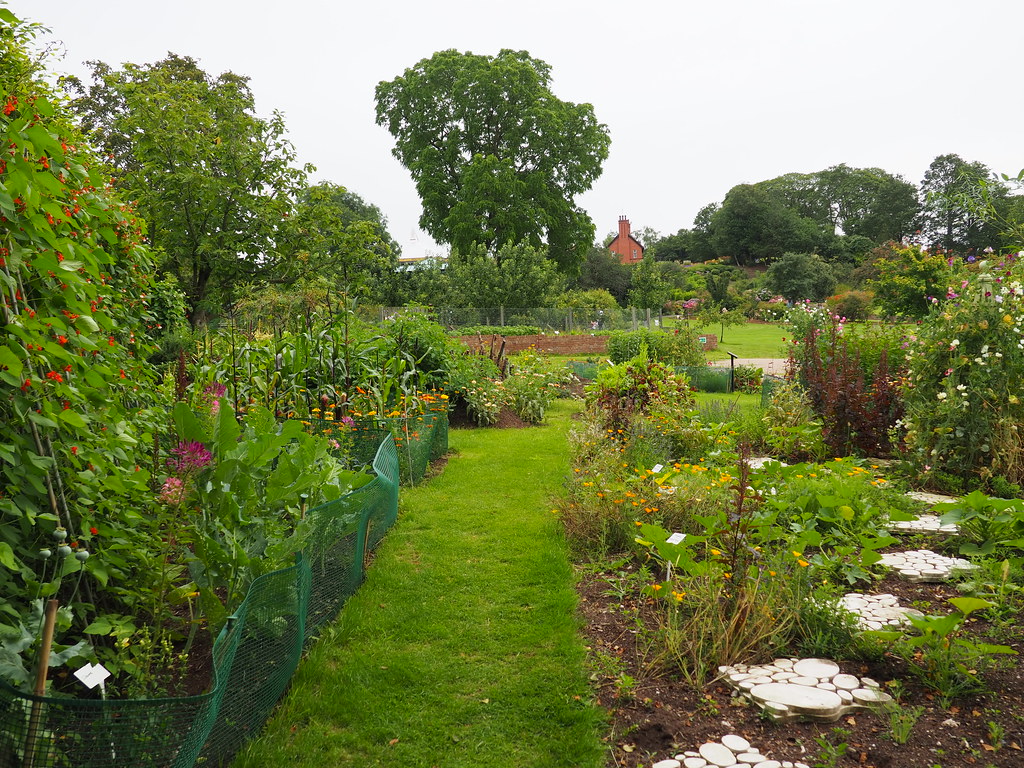Permaculture Principles in Animal Husbandry: Nurturing a Sustainable Harmony
In a world that craves the harmony between humans, animals, and the environment, permaculture offers a guiding light towards a sustainable future. While commonly associated with regenerative agriculture, its principles can be seamlessly integrated into the realm of animal husbandry. This captivating approach to farming not only empowers us to nurture our animals’ well-being but also enables us to create resilient ecosystems that flourish with abundance. As we embark on a journey through the marvels of permaculture principles in animal husbandry, we will explore the symbiotic relationships, holistic practices, and ethical choices that lay the foundation for a harmonious coexistence. Join us as we unravel the secrets of this enchanting discipline and uncover the immense potential it holds for transforming our agricultural landscape. Together, let us unlock nature’s wisdom and embrace a future where our animals thrive, our ecosystems flourish, and our planet breathes with gratitude.
Harmonizing Natural Systems: Implementing Permaculture Principles in Animal Husbandry

Creating Sustainable Synergy: Permaculture Principles in Animal Husbandry
Embracing permaculture in animal husbandry allows for the harmonization of natural systems, resulting in sustainable and regenerative practices. By incorporating these principles, we can build resilient food systems that prioritize the well-being of both animals and the environment. Here are some key ways in which permaculture can transform animal husbandry:
- Integrating animals into the landscape: Grazing animals can be strategically rotated across pastures to mimic natural herd behavior and promote soil fertility.
- Utilizing animal waste as a resource: Composting animal manure creates nutrient-rich soil amendments, reducing the need for synthetic fertilizers and closing the waste loop.
- Implementing agroforestry: Integrating trees and shrubs in livestock systems provides shade, forage, and windbreaks, enhancing animal welfare and diversifying yields.
- Promoting biodiversity: Creating habitat diversity supports beneficial insects, birds, and other wildlife that contribute to pest control and ecosystem health.
Implementing permaculture principles in animal husbandry offers an innovative and holistic approach towards sustainable agriculture, fostering a symbiotic relationship between humans, animals, and the natural world.
Creating Sustainable Livestock Systems: Practical Strategies and Recommendations for Permaculture-based Animal Husbandry

Section: Practical Strategies for Permaculture-based Animal Husbandry
When it comes to creating sustainable livestock systems, incorporating permaculture principles can offer a myriad of benefits for both the animals and the environment. Here are some practical strategies and recommendations to implement in your animal husbandry practices:
- Implement rotational grazing to promote soil health and prevent overgrazing.
- Use regenerative practices such as cover cropping to improve soil fertility and reduce the need for chemical inputs.
- Integrate animals with plant systems to create symbiotic relationships that mimic natural ecosystems.
- Utilize mobile fencing and paddock systems to monitor and control animal movement for better grazing management.
- Consider composting animal waste to produce nutrient-rich compost for organic farming practices.
- Provide access to clean water sources and natural shade for the well-being of the animals.
- Focus on breed selection that is well-suited to local climate and environmental conditions.
- Adopt predator-friendly measures to minimize losses and maintain a balanced ecosystem.
By incorporating these practical strategies and recommendations into your permaculture-based animal husbandry practices, you can contribute to the creation of sustainable livestock systems that benefit both the animals and the environment.
Key Takeaways about Permaculture Principles in Animal Husbandry.
In conclusion, the integration of permaculture principles in animal husbandry holds immense promise for transforming our current agricultural practices. By emulating nature’s patterns and working with its systems, we can create regenerative and sustainable ways of raising and managing animals. Through the careful design and thoughtful implementation of techniques such as rotational grazing, holistic management, and agroforestry, we can ensure that our livestock not only contribute to the health of the land but also thrive in harmony with their natural environment.
Permaculture principles in animal husbandry provide us with a roadmap to create resilient and productive agricultural systems that prioritize both the well-being of animals and the ecological balance of our planet. By focusing on restoring soil health, preserving biodiversity, and reducing inputs, we can mitigate the environmental impact of livestock farming and contribute to a more sustainable future.
Moreover, when we embrace these principles, we also reap additional benefits. From increased productivity and improved animal welfare to reduced costs and enhanced soil fertility, permaculture offers a holistic approach that aligns with our goal of promoting a more balanced and harmonious relationship with nature.
While there may be challenges and adjustments to be made, implementing permaculture principles in animal husbandry is an opportunity to innovate and reimagine our current practices. This approach encourages us to think beyond conventional norms and explore alternative ways of farming that respect both the needs of our animals and the delicate ecosystems they inhabit.
In summary, permaculture principles have the potential to revolutionize animal husbandry, allowing us to create regenerative and sustainable systems that benefit animals, the environment, and ourselves. By acknowledging the interconnectedness of all living beings and applying these principles to our everyday farming practices, we can pave the way for a more resilient and holistic approach to animal agriculture.
